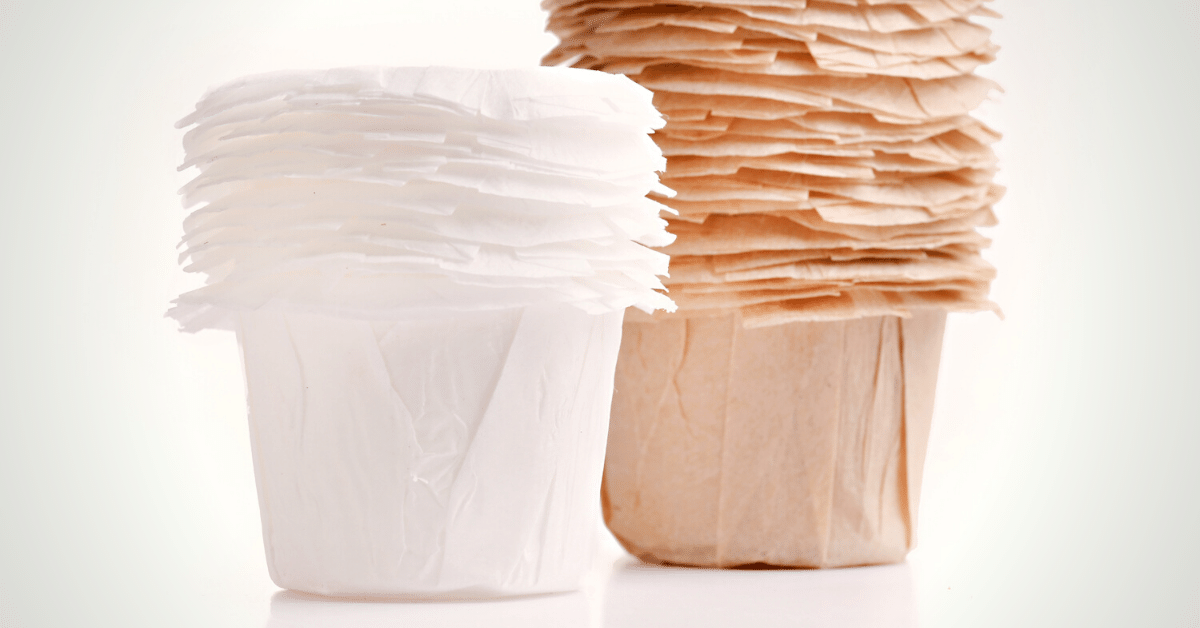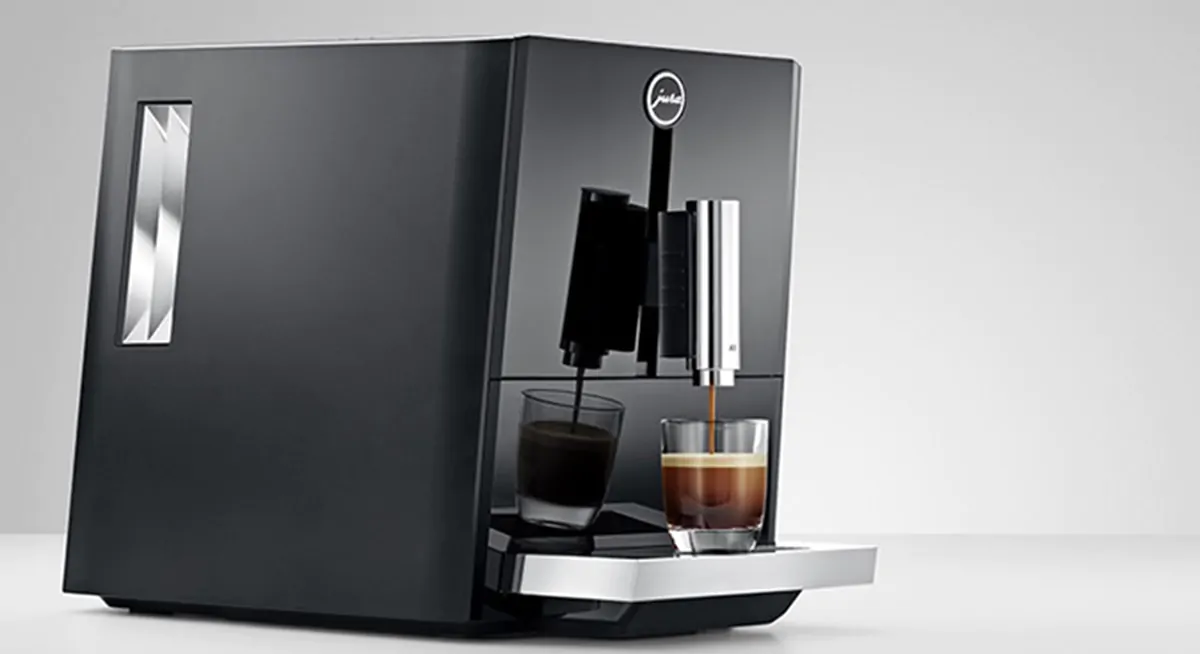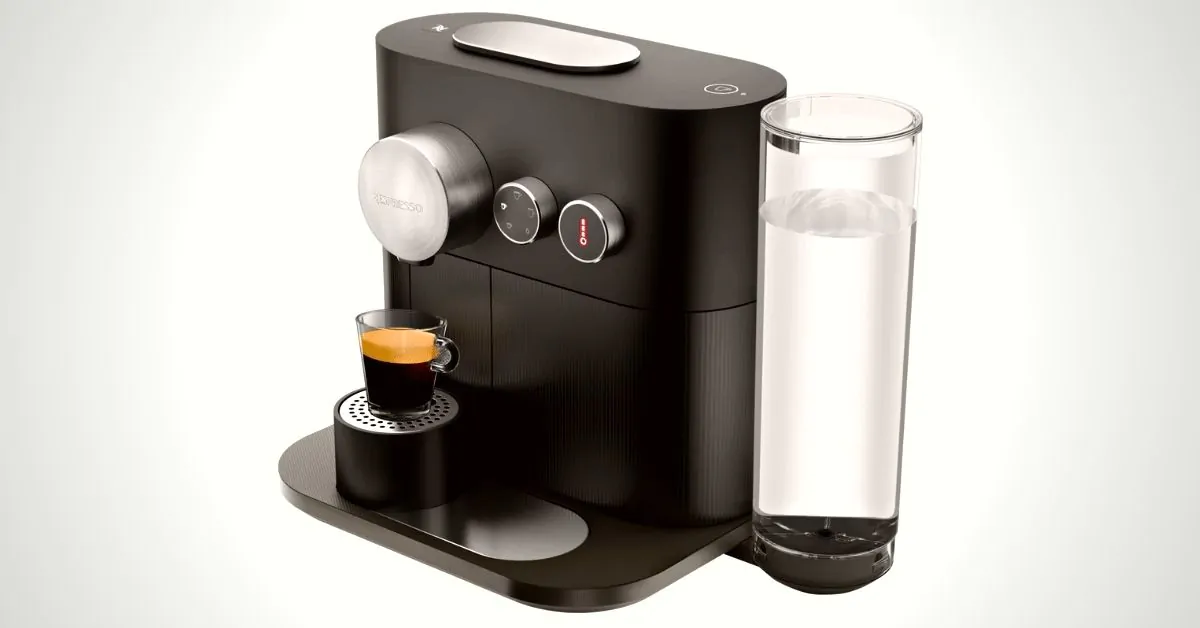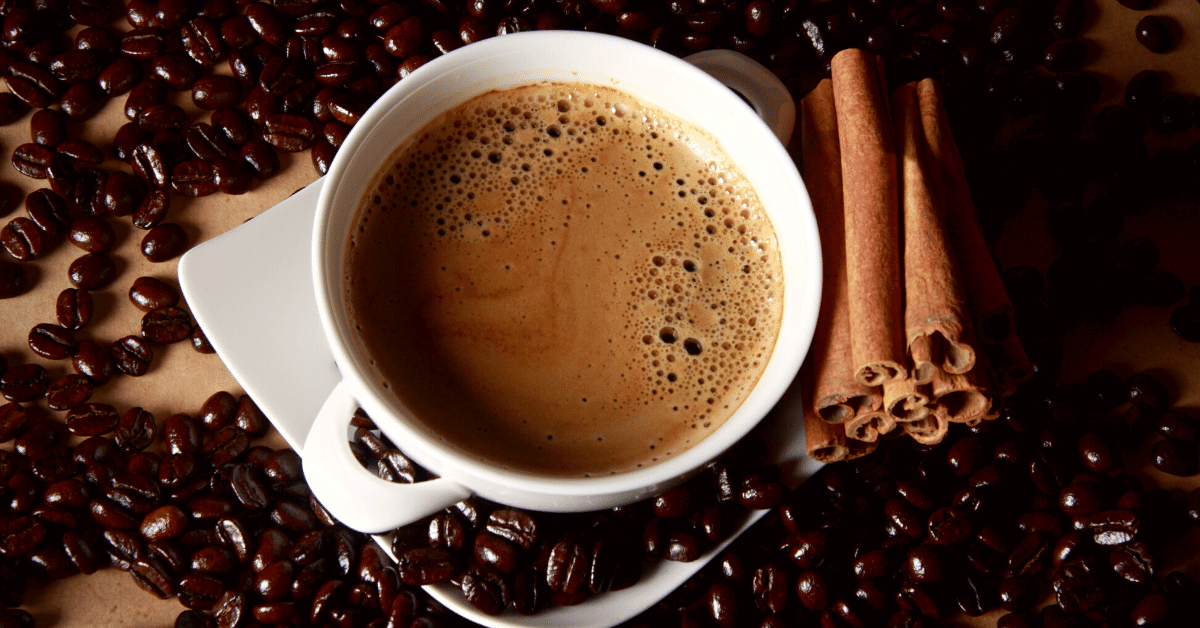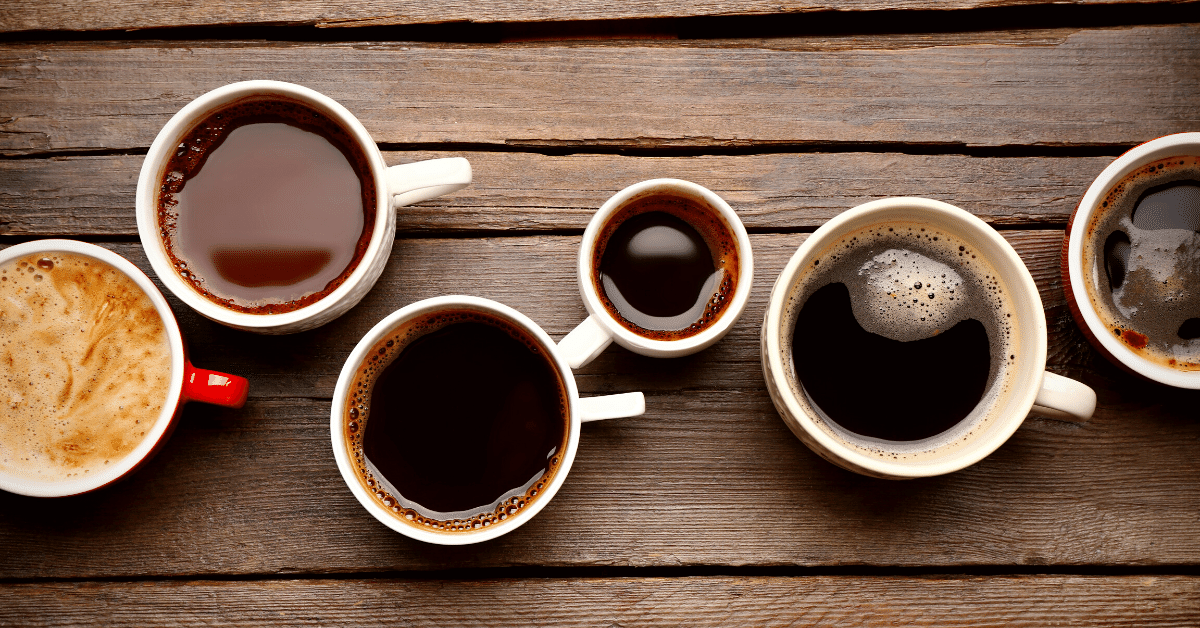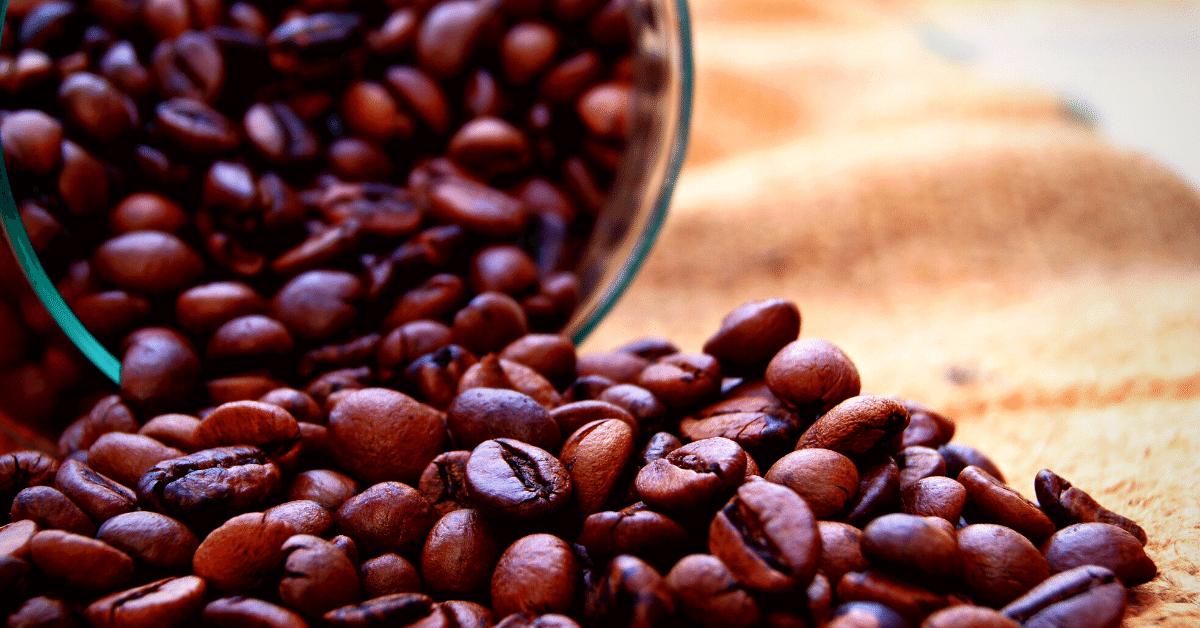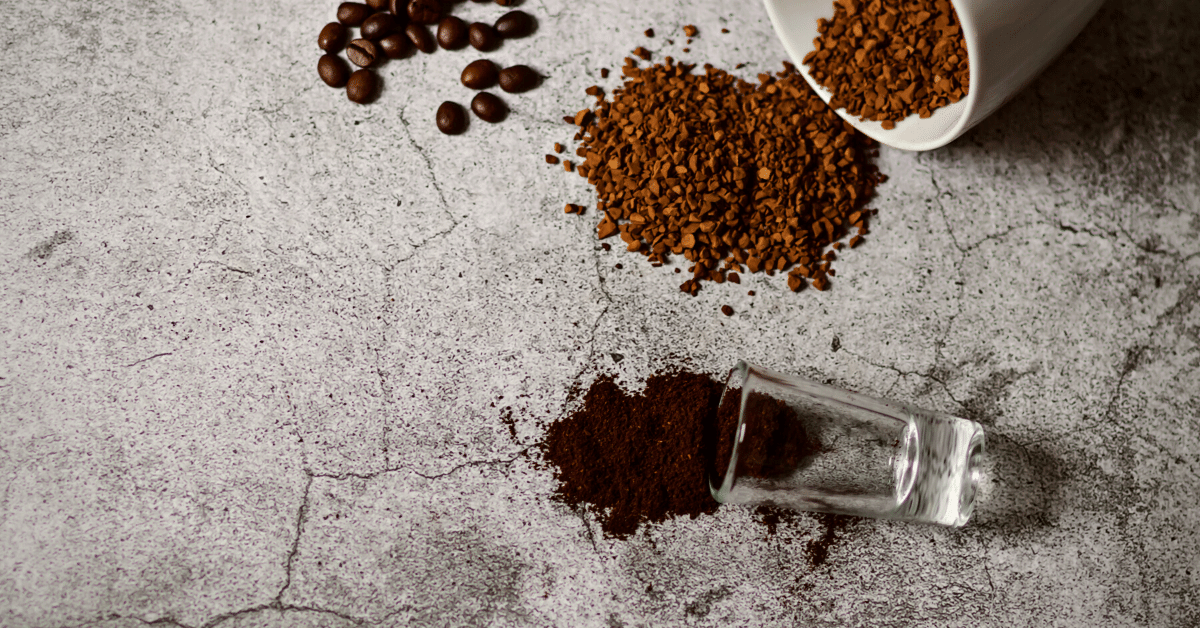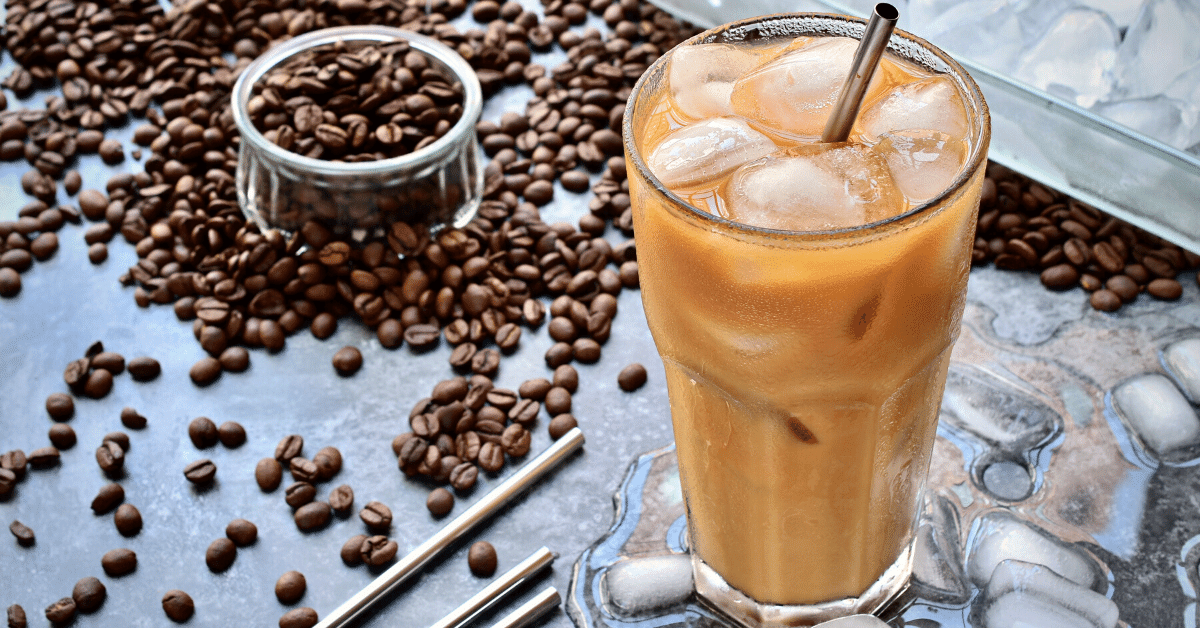You’ve probably seen white and brown paper coffee filters before.
Do you know that there are actually two types of filters when it comes to processing?
In this article, I’ll talk about bleached vs unbleached coffee filters.
Then I’ll explain why you might want to choose one over the other.
Let’s get to it!
What are Bleached Coffee Filters?
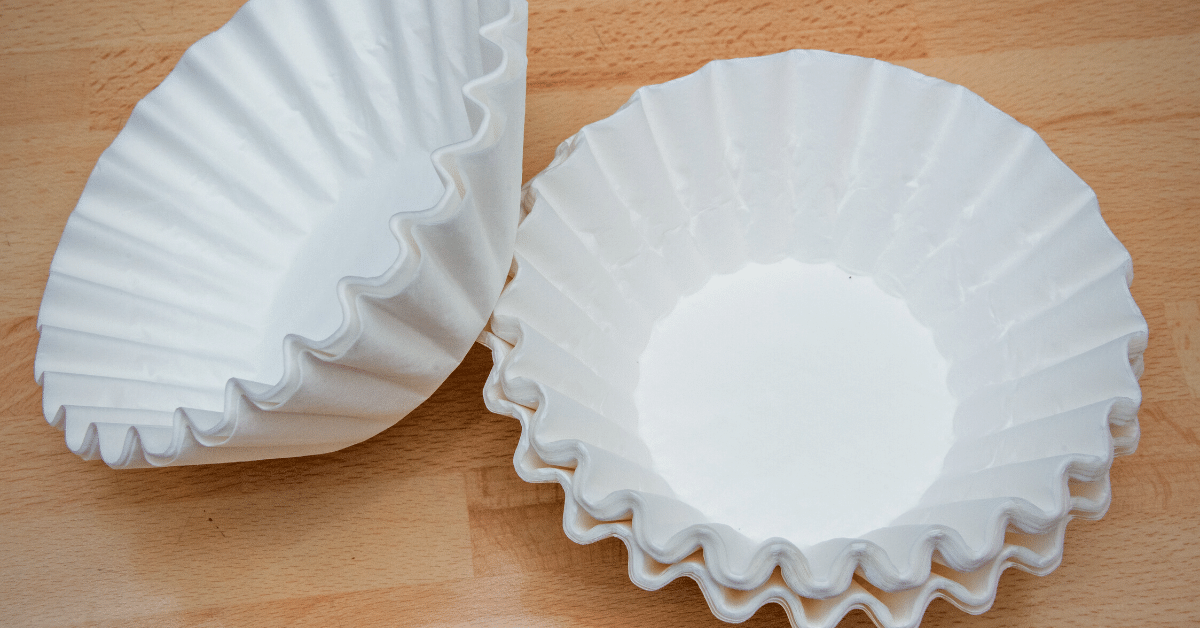
All paper is bleached. After all, it comes from trees. And coffee filters are paper.
So then it makes sense that some coffee filters are bleached. But there are still some that aren’t.
Bleached coffee filters have to go through some sort of bleaching process. Either through adding a little bit of chlorine to the filter or through oxygen-bleaching.
Oxygen bleaching simply has different active ingredients than chlorine bleaching. It’s a slightly more environmentally friendly method for bleaching coffee filters.
There are a ton of different bleached coffee filters out there. It seems every kind of pour-over or coffee maker has its own style of filter.
And all those filters have a bleached option.
What are Unbleached Coffee Filters?

Unbleached coffee filters are pretty much exactly what they sound like: they are coffee filters that haven’t been bleached.
They are brown instead of white. That’s the biggest difference between them.
The unbleached coffee filters are easier to produce because they don’t have an extra processing step.
In all honesty, bleached and unbleached filters are almost the same thing.
Bleached vs Unbleached Coffee Filters: Which One to Choose?
With two otherwise identical filters, it can be tough to choose one over the other.
And if I’m being honest, choosing one over the other isn’t going to make or break your cup of coffee.
You probably wouldn’t even notice a difference.
But there are a few differences between bleached and unbleached coffee filters that we should talk about.
Do they taste the same?

The taste of the coffee between bleached and unbleached filters is maybe the biggest one and most easily identified.
Because the bleached coffee filter has been made of processed, cleaned, and bleached paper, it has a neutral taste. It won’t impart any taste to your coffee.
An unbleached filter, on the other hand, runs the risk of giving your coffee a papery taste.
But don’t worry!
It’s easy to avoid the papery taste. All you have to do is rinse your filters before brewing.
Actually, it’s a good idea to rinse any coffee filter before use, regardless if it’s bleached or not.
If you use a coffee maker instead of a pour-over, you can still rinse your filter. Rinse the filter by running water through the basket before filling it with coffee.
In any case, you’ll only notice a difference in taste between a bleached and unbleached coffee filter if you have a refined palate. Otherwise, the difference in taste is so minimal that you shouldn’t worry.
IN A NUTSHELL
Unbleached filters run a higher risk of giving your coffee a papery taste. Cheap bleached filters can also give your coffee a bad taste, though. It’s a good practice to rinse all your coffee filters before brewing, regardless of bleach status.
Is there any difference in quality?
I know that I just said that unbleached filters can add a papery taste to your coffee and that bleached filters won’t. But that actually isn’t always true.
Cheap bleached paper filters still run the risk of adding any off tastes to your coffee.
Remember that quality matters when buying coffee filters. And thicker generally means better.
The thickness of the paper filter is really important. A thicker filter will allow fewer coffee fines to get through and into your cup. That cleans up your coffee and gives you a better flavor overall.
A cheap and thin paper filter will let more coffee through and will muddle your cup.
This is regardless of its bleach status.
The other important thing to remember is to buy the correct size and type of filter for your brew.
Chemex filters are very specific, and you won’t be able to use Melitta filters or basket filters. Sometimes you can fudge the filters enough to get by. But that’s going to be a pain and actually might make your coffee taste terrible.
So the bottom line is to buy quality filters no matter if you choose bleached or unbleached. Just remember that you get what you pay for (even though the difference in price is tiny).
IN A NUTSHELL
Bleached or unbleached doesn’t always mean quality. Thicker is generally better when it comes to coffee filters. And don’t forget to rinse your unbleached filters for the best results.
Do they have the same environmental impact?
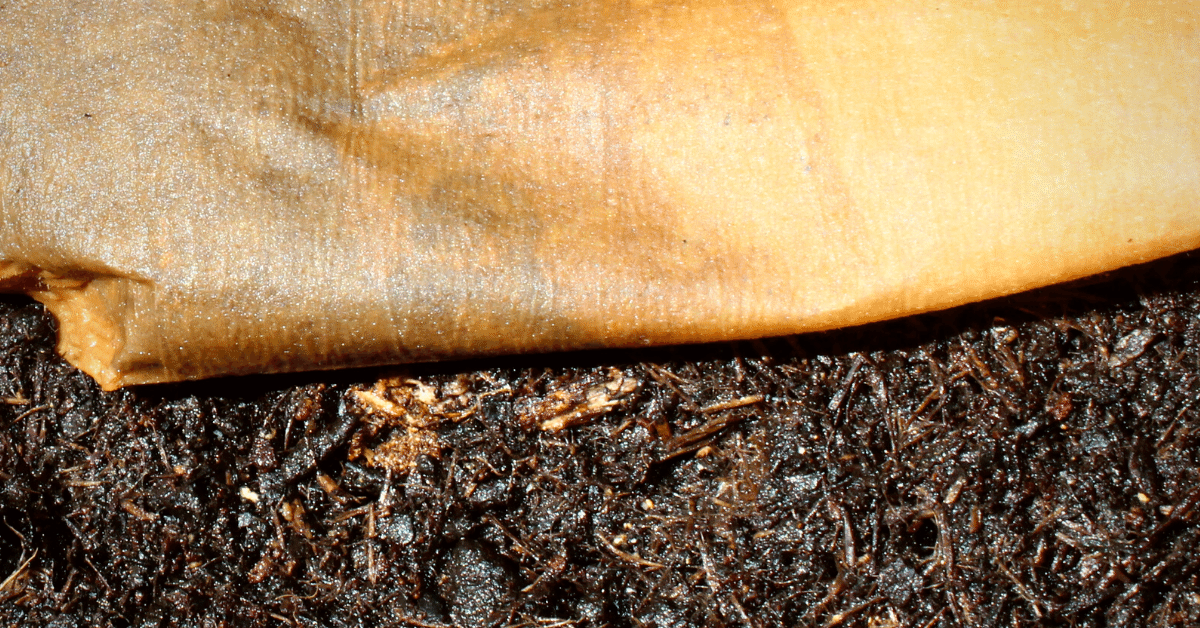
It’s no secret that coffee’s impact on the environment is pretty high. Between growing, transporting, roasting, and brewing, coffee’s impact is pretty big.
We need to consider filters when we talk about our coffee’s impact on the environment.
The simple answer is: bleached coffee filters have a higher impact than unbleached filters.
That’s because bleached filters require more processing and use extra chemicals.
Unbleached filters don’t use any chemicals.
But they are both still made from paper.
The good news? Both bleached and unbleached filters are biodegradable. You can actually compost both kinds of paper filters. Just know that composting a bleached filter makes your compost inorganic.
If you’re really concerned about your coffee’s environmental impact, consider looking into reusable coffee filters. Or make coffee without a filter.
There are many good permanent filter options out there, but either metal or cloth filters seem to be the best.
A cloth filter works more like a paper filter. But the metal filter is sturdier and better for coffee pots and French press.
IN A NUTSHELL
Unbleached filters are better for the environment than bleached filters. Bleached filters use chemicals and need more processing. But both are made from paper. Getting a permanent filter is more environmentally friendly.
Conclusion
When it comes to paper coffee filters, there are two main camps: bleached and unbleached.
Bleached coffee filters are white, more processed, and have a cleaner taste.
Unbleached coffee filters are brown, less processed, and need to be rinsed before use.
But in reality, there isn’t enough of a difference for me to recommend one over the other.
Unbleached filters have less of an environmental impact than bleached filters. But remember that both are still made from paper.
In the end, I recommend buying thick, high-quality paper filters regardless of bleach.
Wondering which paper filter size to buy? Check out our article on filter types and shapes!

